Navigating your engagement ring budget thoughtfully requires making trade-offs regarding the 4 C’s of diamonds. If you seek to acquire a larger carat weight or more expensive diamond cut, consider skimping on clarity. According to GIA, diamonds fall into one of 11 grades varying from Flawless to Included. VVS2 and VS1 are just one step apart, but choosing between them depends on your must-have versus nice-to-have requirements.
Table of Contents
VS1 vs. VVS1: Overview
Brief Explanation of Diamond Clarity and Its Importance
Diamond clarity is a key factor in assessing the quality and worth of a diamond. The fewer impurities and blemishes, the higher the clarity grade and the more precious the diamond. Clarity also notably enhances fire and brilliance. Still, keep in mind that flaws may be invisible to the unaided eye and hidden by facets.
About VS1 Diamond
With 10x magnification, it is almost impossible to find any visible flaws in VS1 clarity diamonds. A thorough inspection, however, may reveal small pinpoints, white twinning wisps or transparent feathers along the edges.
No two VS1 diamonds will have the same inclusions- the grade is not determined by one type of inclusion but a combination of many, and each diamond will feature a unique set. For example, this 0.90-carat round cut diamond received a perfect VS1 rating from the GIA.
The GIA and IGI grades evaluate the effect inclusions have on diamonds’ appearance and performance. A single knot and crystal may be assessed as VS1, while a diamond of the same clarity might contain additional features like feathers, needles, and pinpoints. Despite its increased inclusion count, both diamonds would likely receive the same rating. As one ascends up the scale to VVS2, the inclusions become less easily visible, whereas at VS2, they can be more obvious.
About VVS1 Diamond
Even with utmost scrutiny, a trained gemologist will find it difficult to spot flaws in VVS1 diamonds during a microscopic inspection.
Gemologists have determined that all diamond imperfections, such as pinpoints, naturals, and indented naturals, have an equal impact. An IF diamond has no visible inclusions at 10x magnification, whereas VVS1 is one grade above VVS2, which may feature more inclusions. Still, the human eye cannot distinguish any difference when both grades are compared side by side.
VS1 and VVS1 Diamonds: Similarities
Eye Clean
Possessing no visible inclusions to the naked eye, an eye-clean diamond is a term used to describe diamonds that appear flawless to the unaided observer. Skilled gem graders are able to determine if such diamonds meet this exacting standard.
Diamonds that are clearly graded as “eye-clean” for maximum clarity and brilliance. They include:
- VVS1
- VVS2
- IF
- F
- VS1
- VS2
At 10x magnification, one can easily spot the distinctions between clarity grades labeled eye-clean; and with 30-40x magnification, they become even more apparent. However, these grade evaluations can be subjective, as a skilled gemologist may detect an otherwise invisible inclusion in a VS2 diamond. Though, if its sparkle is adequately dazzling, the average person cannot see any imperfections.
No Dark Inclusions
Through intense scrutiny under 10x magnification, VS1 diamonds typically contain very slight light-colored inclusions, while VS2 diamonds may have barely visible dark inclusions. Exhibiting the utmost clarity, VVS1 and VVS2 diamonds are virtually spotless; any inclusions present are usually miniscule pinpoints or feathers.
VS1 and VVS1 Diamonds: Differences
Increased Presence of Inclusions in VS1 Diamonds
Viewed through 10x magnification, diamonds classified as VS1 and VVS1 occupy the higher echelons of clarity but lack the flawless state of those designated “included”, which present visible imperfections without magnification. VS1 stones may contain a greater variety and quantity of inclusions than those graded VVS1.
When assessing diamond clarity, consider both the number and type of inclusions. Though VVS1 diamonds generally possess fewer characteristics than VS1 grade stones, exceptions occur when a VVS1 has multiple inclusions that noticeably affect its light performance and sparkle.
Minimal Impact of Inclusions in VVS1 Diamonds
VVS1 clarity diamonds boast fewer inclusions that can weaken the diamond’s structure and impact its durability, brilliance, and appearance. Feathers are a particular cause for concern as they can form a fracture in the diamond’s composition. Even small blemishes near thin girdles can compromise the diamond’s integrity.
When it comes to brilliance, clarity is secondary—the cut of a diamond is the factor which most impacts this trait. With VS1 and VVS1 diamonds, inclusions are too small to be seen by the naked eye; however, they can still weaken the diamond’s structure and disrupt light refraction. Before you make your decision, ensure the chosen diamond has an excellent cut grade and the clarity is eye-clean.
VVS1 Diamonds Are More Expensive
When it comes to diamond pricing, clarity plays an important role. To illustrate this point, consider the differences between a 1-carat VVS1 diamond and a 1-carat VS1 diamond of similar quality and shape.
Generally, the former will be priced at 10-30% more than the latter. However, with lab-grown diamonds, one can expect to pay 20-40% less than for mined diamonds of comparable quality, largely due to fewer inclusions that make these stones appear brighter and cleaner to the naked eye. Therefore, investing in lower clarity grades is much more feasible when choosing lab-grown diamonds.
VVS1 Is More Valuable
High-grade diamonds are incredibly rare and valuable, as evidenced by their hefty price tags. For example, a 2-carat VS1 clarity diamond with an E color grade is more hard to come by than a 1-carat VVS1 diamond with an H color grade, and thus more expensive—a reflection of its rarity and worth. Chain Jewelers tend to market low-quality diamonds as “special,” but those in the know understand that true value lies in higher caliber choices.
VS1 Are More Popular
Most buyers opt for a VS1 clarity diamond when shopping for an engagement ring, as it is the most common that offers both minimal inclusions and a cost-effective price. With further savings to be had by selecting lower clarity grades such as SI1 or VS2, yet these iterations sometimes have visible flaws, going with a VS1 provides an extra margin of assurance for a visually perfect diamond.
VS1 Diamonds or VVS1 Diamonds: Which One Shold You Buy?
With a well-informed approach, it’s clear that the best value lies with the VS1 diamond. After all, with both being eye-clean, why pay extra for something that can’t be seen with the naked eye? Plus, resale value can be elusive, so investing in VVS diamonds may not be ideal either. Fancy colored diamonds are the exception since they tend to fetch the highest price at auctions. So if you want my expert opinion, I’d suggest going for the VS1 and forego any unnecessary expense.
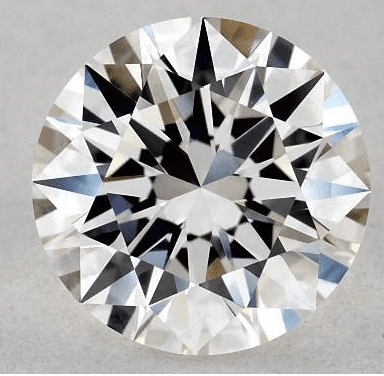
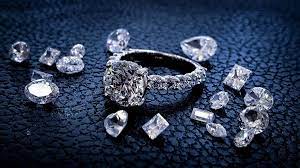
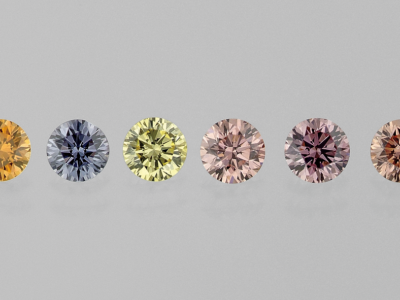
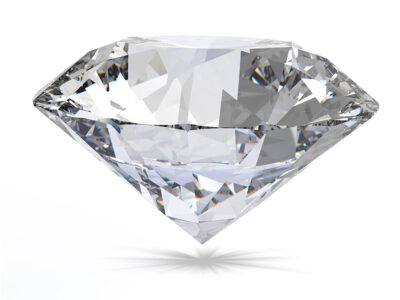

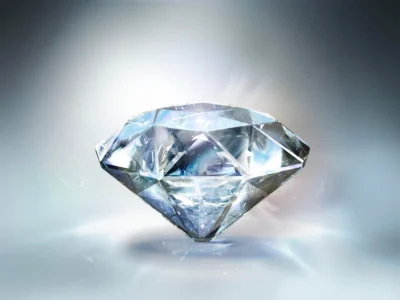
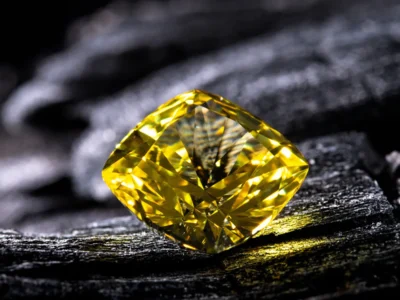
Comments